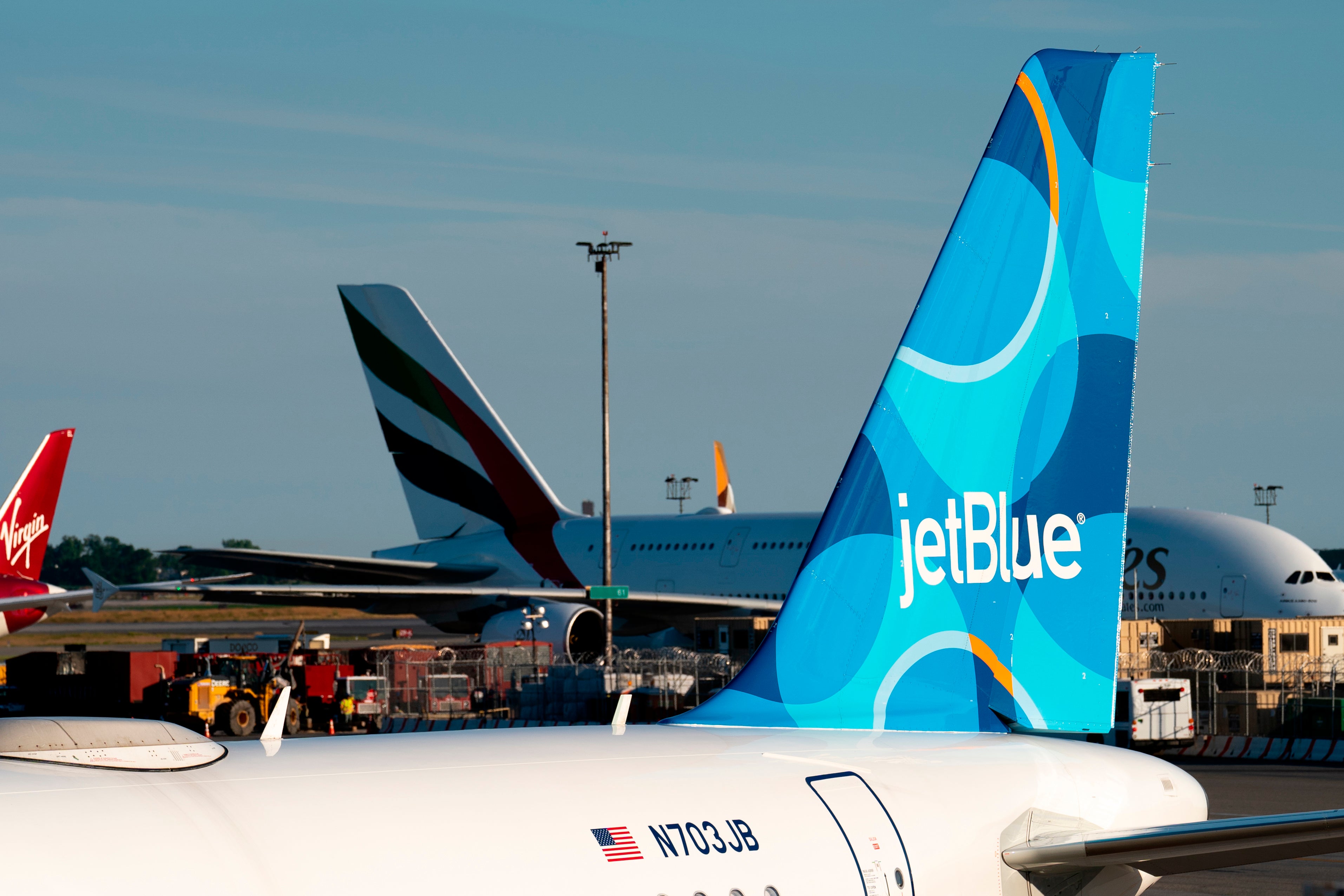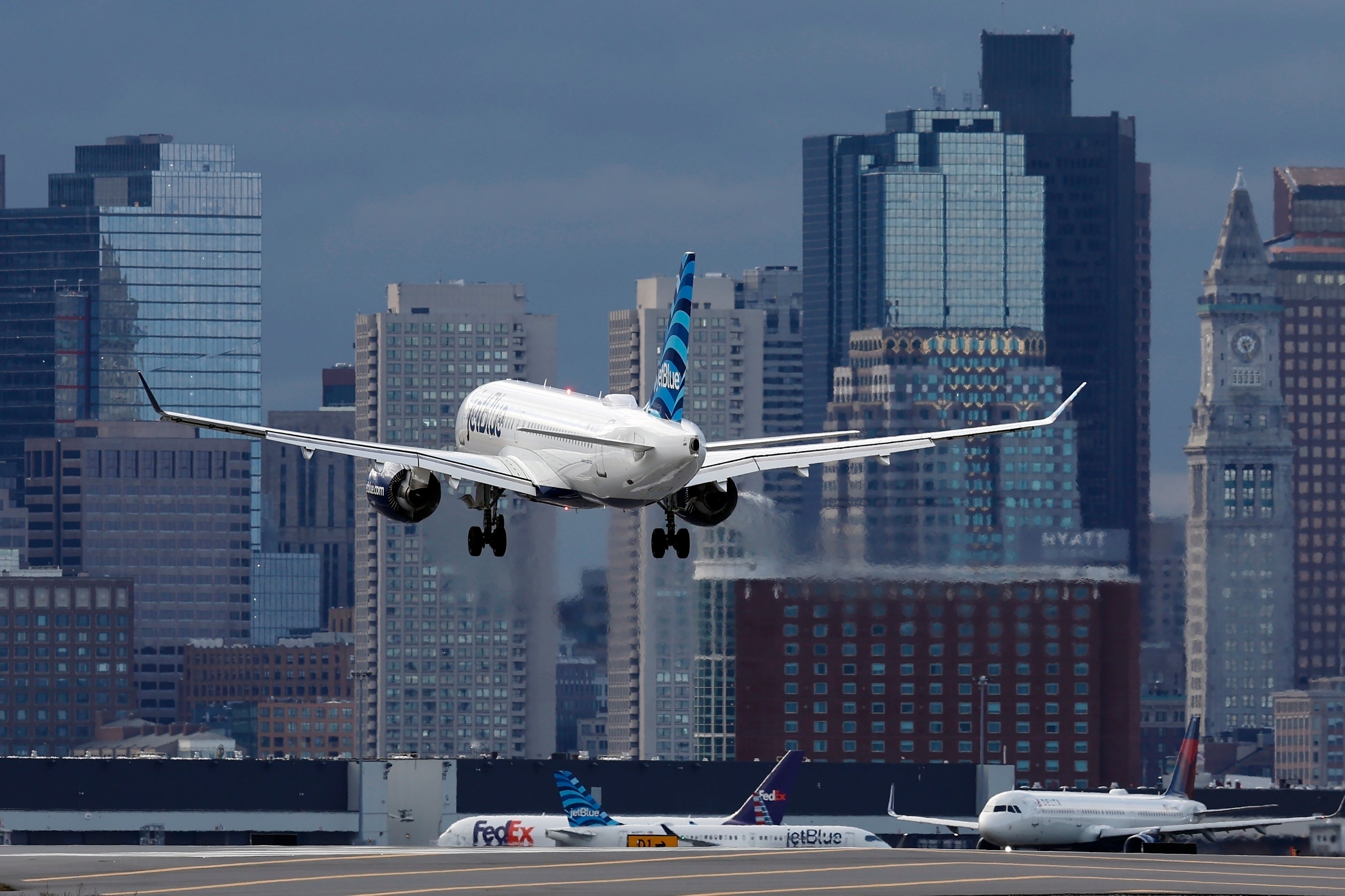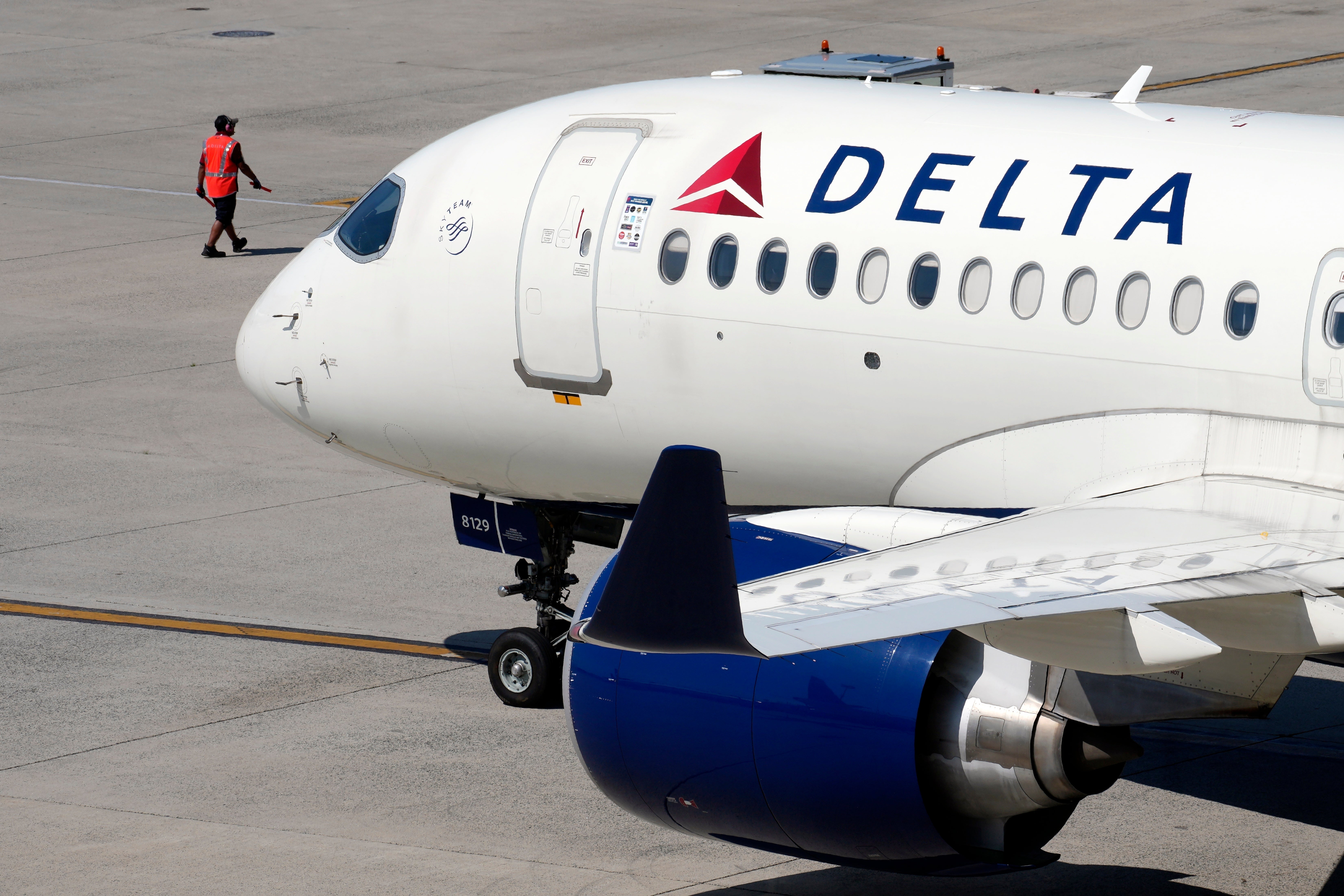Stowaways on planes and inside landing gear sparks flying security fears
Experts said that a shortage of air traffic controllers and outdated technology are eroding the margin of safety in air travel

Your support helps us to tell the story
From reproductive rights to climate change to Big Tech, The Independent is on the ground when the story is developing. Whether it's investigating the financials of Elon Musk's pro-Trump PAC or producing our latest documentary, 'The A Word', which shines a light on the American women fighting for reproductive rights, we know how important it is to parse out the facts from the messaging.
At such a critical moment in US history, we need reporters on the ground. Your donation allows us to keep sending journalists to speak to both sides of the story.
The Independent is trusted by Americans across the entire political spectrum. And unlike many other quality news outlets, we choose not to lock Americans out of our reporting and analysis with paywalls. We believe quality journalism should be available to everyone, paid for by those who can afford it.
Your support makes all the difference.People have been found dead hiding in the wheel wells of planes twice in the past month.
Two stowaways were arrested on different flights in November and December. Then a passenger opened an emergency door while a plane was taxiing in Boston Tuesday night.
These incidents are being investigated, so we don't know yet exactly where security failed. But there were clear gaps in security.
Passengers panicked when a man onboard a JetBlue plane taxiing for takeoff at Boston's Logan International Airport opened an exit door over a wing, trigging an emergency slide to inflate Tuesday. Other passengers quickly restrained the man, and the plane never took off, but clearly it was a scary moment.
On Monday, two dead bodies were found inside the landing gear compartment of a different JetBlue plane after it landed in Fort Lauderdale, Florida, from John F. Kennedy International Airport in New York.
In late December, a body was found in the wheel well of a United Airlines plane after it landed in Maui from Chicago.
Also in December, a passenger without a ticket was discovered aboard a Delta Air Lines flight as that plane was rolling across the tarmac in Seattle before it took off for Honolulu.
A separate stowaway was arrested in November after a Delta Air Lines flight from New York landed in Paris. That Russian national had somehow bypassed security to board the flight.

If a stowaway can get inside a plane's wheel well or sneak aboard the cabin, what would prevent someone with malicious intent from getting access?
“The challenge we run into is we have a system with gaps, and those gaps are sometimes exploited,” said Jeff Price, professor of aviation at Metropolitan State University of Denver.
The Transportation Security Administration, the airlines and the airports are all trying to find where those gaps are and plug them. But Price said that by design there are gaps in the system.
The fact that people are getting access to these planes makes pilots worried about the system.
“Right now we’re seeing some fissure cracks. They’re unacceptable. And we’ve been lucky that it hasn’t been somebody with broader nefarious intent,” said Dennis Tajer, a longtime airline pilot and spokesman for the Allied Pilots Association union.

Experts have also said that a shortage of air traffic controllers, outdated plane-tracking technology and other problems are eroding the margin of safety in air travel.
Crashes are rare
The National Safety Council estimates that Americans have a 1-in-93 chance of dying in a motor vehicle crash, while deaths on airplanes are too rare to calculate the odds. Figures from the U.S. Department of Transportation tell a similar story.
The last deadly crash involving a U.S. airliner occurred in February 2009, an unprecedented streak of safety. But planes have crashed elsewhere around the world. And there are other concerns.
Safety regulators are worried about a number of close calls at airports in the past couple years.
Emergency doors
This is not the first time that a passenger has opened an emergency door on a plane on the ground. In one incident in Australia last year, a man opened a door and walked out onto the wing of a stationary plane and was arrested after he climbed down to the ground.
Emergency doors are supposed to be able to be opened when a plane is on the ground so passengers can quickly escape if there is a problem.
Passengers can take comfort in the fact that emergency doors are extremely difficult to open during a flight. There are locks that keep a door in place in flight that are armed after takeoff. And once a plane is above 10,000 feet, the air pressure inside the plane holds the door in place. Most of them are designed so that they must be pulled inward before they can be opened.
But in January 2024, a panel plugging the space reserved for an unused emergency door blew off an Alaska Airlines jetliner 16,000 feet above Oregon. Pilots landed the Boeing 737 Max safely, but videos from passengers showed the terrifying scene. The rapid loss of cabin pressure caused oxygen masks to drop from the ceiling, and suction as air rushed from the hole exerted force on people inside the plane.
Investigators have said it appears that four bolts used to help secure the panel were missing after the plane was worked on at a Boeing factory in Renton, Washington.